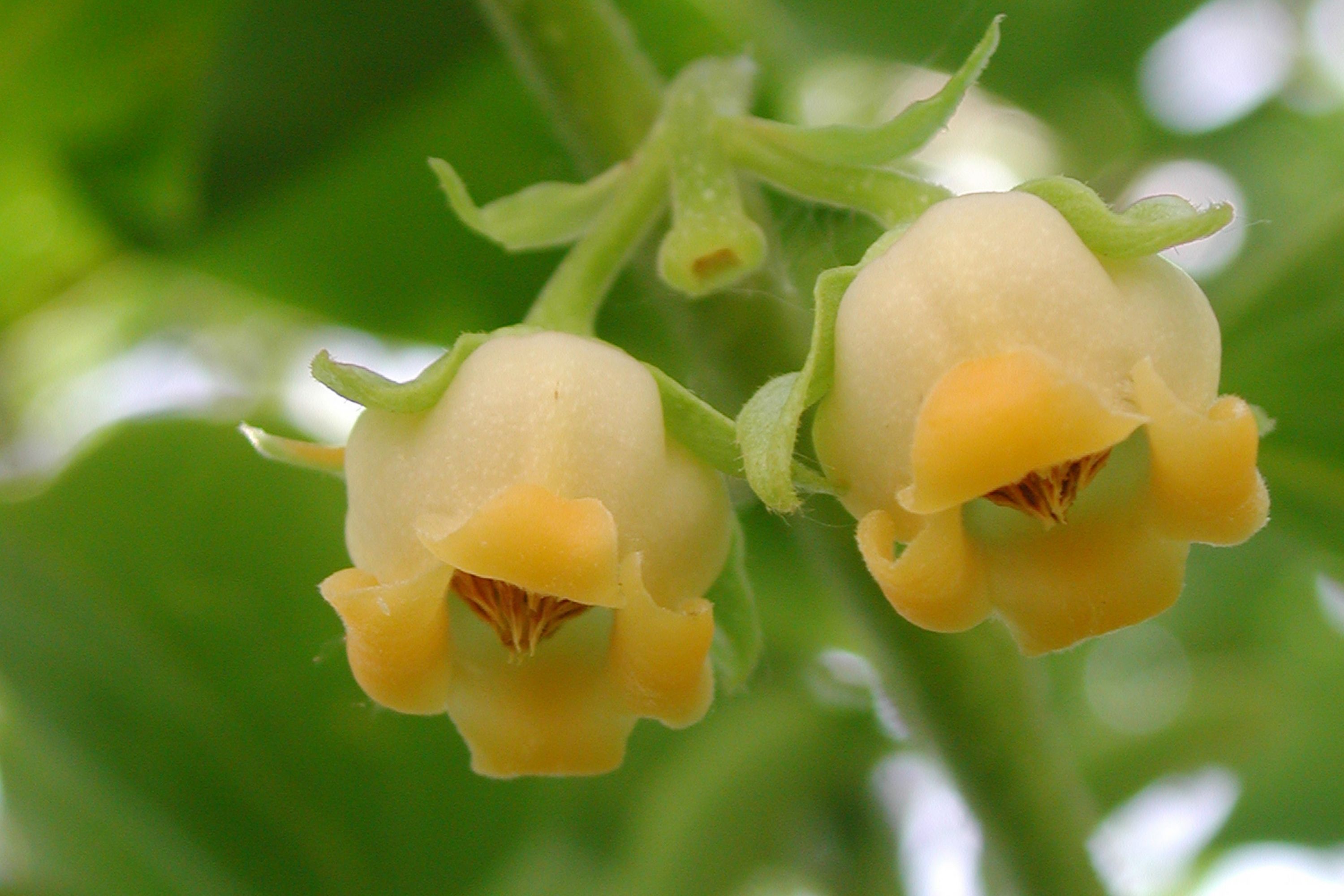Persimmon tree
(Diospyros kaki)

Description
Diospyros kaki, commonly known as the persimmon tree, is a deciduous fruit-bearing tree that is native to China and Japan. The persimmon tree is highly valued for its sweet, flavorful fruit and its ornamental value as an attractive landscape tree. In this article, we will delve deeper into the botany, cultivation, and uses of Diospyros kaki. Botanical Description: The persimmon tree belongs to the family Ebenaceae and is a slow-growing tree that can reach heights of 20-30 feet at maturity. The tree has a rounded, spreading canopy and a straight, upright trunk. The bark of the persimmon tree is smooth and gray-brown in color, with distinctive vertical lines that run up and down the trunk. The leaves of the persimmon tree are simple, alternate, and ovate-shaped, with a glossy, dark green upper surface and a paler, matte lower surface. The flowers of the persimmon tree are small, inconspicuous, and dioecious, meaning that male and female flowers occur on separate trees. The fruit of the persimmon tree is a large, orange-red berry-like fruit with a smooth, shiny skin. Cultivation: The persimmon tree is a hardy tree that grows best in full sun to partial shade in well-drained soils that are rich in organic matter. The tree is tolerant of a wide range of soil pH levels and can grow in soils with pH levels ranging from 5.0 to 8.5. Persimmon trees are propagated by seed, grafting, or budding. Seed propagation is the easiest and most common method of propagation, but the resulting trees are often variable in fruit quality and take longer to bear fruit than grafted trees. Grafting and budding are preferred methods of propagation as they produce trees with predictable fruit quality and early fruit production. The persimmon tree requires moderate watering during the growing season, and it is important to ensure that the soil does not become waterlogged. Fertilizer applications should be made in the spring and fall, and the tree should be pruned in the winter to remove dead, diseased, or damaged wood. Uses: The persimmon fruit is a popular food in Asia and is used in a variety of culinary preparations. The fruit can be eaten fresh, dried, or cooked, and it is often used to make jams, jellies, and baked goods. In addition to its use as a food crop, the persimmon tree is also used in traditional medicine to treat a variety of ailments, including diarrhea, constipation, and coughs. In addition to its culinary and medicinal uses, the persimmon tree is also valued for its ornamental value. The tree has attractive, glossy green leaves that turn vibrant shades of yellow, orange, and red in the fall. The tree's smooth, gray-brown bark and attractive branching pattern also make it a popular choice for landscaping. Conclusion: Diospyros kaki, or the persimmon tree, is a highly valued fruit tree that is native to China and Japan. The tree is known for its sweet, flavorful fruit and its ornamental value as an attractive landscape tree. The persimmon tree is a hardy tree that is tolerant of a wide range of soil conditions and can be propagated by seed, grafting, or budding. The tree is valued not only for its culinary uses but also for its medicinal properties and ornamental value, making it a valuable addition to any garden or landscape.
Taxonomic tree:







